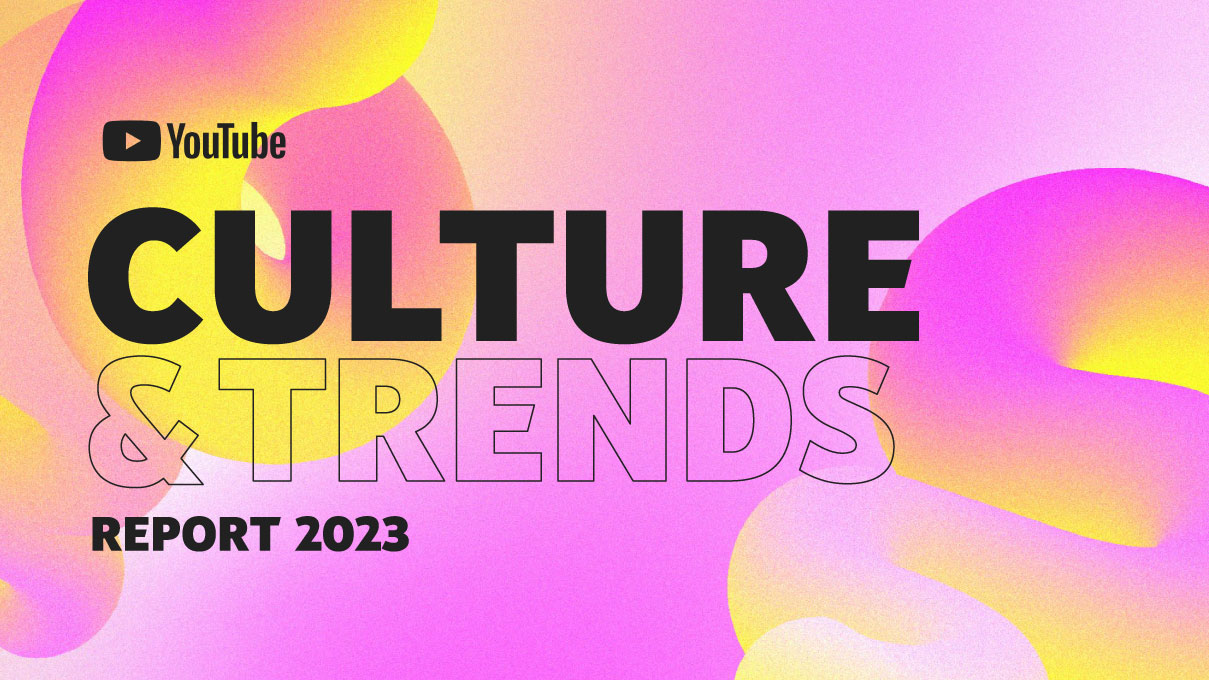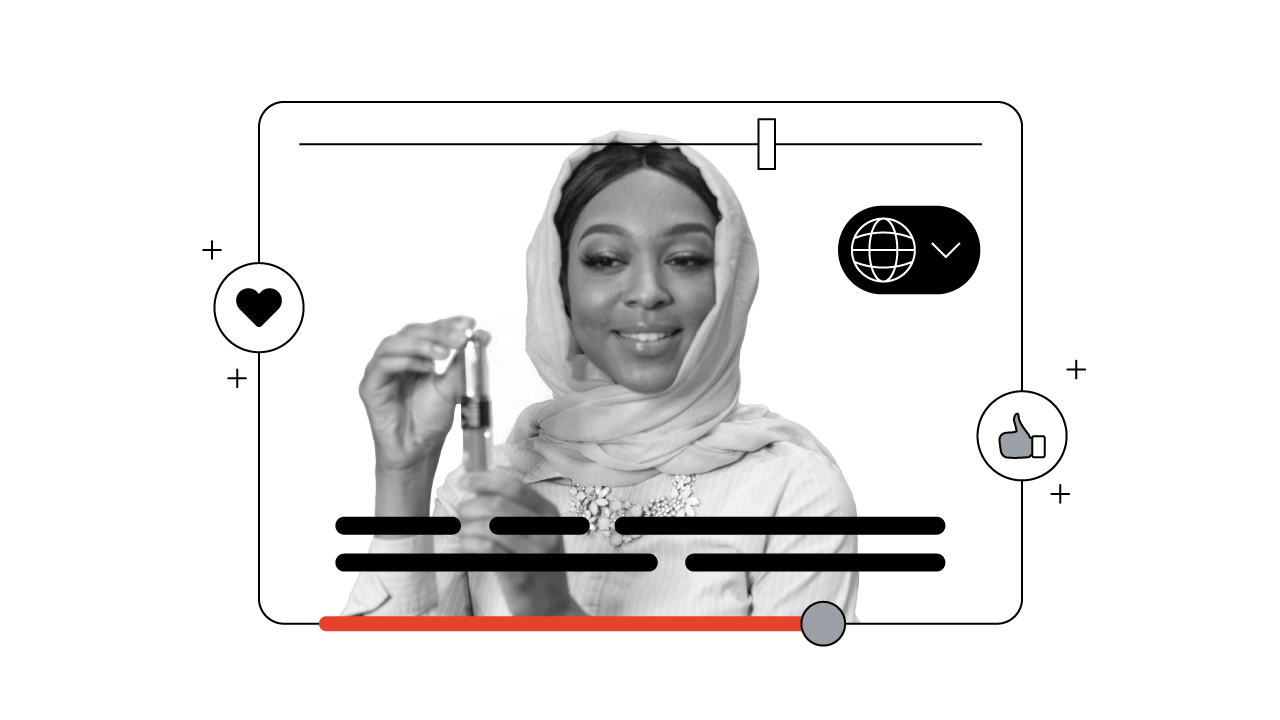Last year marked an inflection point for video viewership. More than ever, people around the world — from the U.K. to the U.S. to Japan — relied on streaming platforms as their primary way to watch video. While we may be eager to put much of 2020 in the rear view, some video trends are here to stay, and we must be ready.
Not sure where to start? Much can be learned from how brands have transformed their approach to video in response to shifts in viewership. To help, here are five ways advertisers are adapting to drive results.
1. Reach consumers where they are: streaming
People are watching record amounts of digital video. According to a Google-commissioned Nielsen study, YouTube reached more adults ages 18 to 49 in the U.S. than all linear TV networks combined in March 2020.1 And the screen where viewership is growing the fastest? The TV screen. That same month, watch time of YouTube and YouTube TV on TV screens jumped 80% year over year.2
Forward-looking brands are making the most of reaching these engaged audiences on the big screen. For example, when COVID-19 forced the closure of car dealerships across Canada, Kia recognised the scale and impact they could achieve via connected TV on YouTube, seeing a 16% increase in digital leads and a 15% increase in market share. Similarly, when live sports came back in the U.S. last summer, Sonos invested in YouTube TV to reach sports fans during the live games and connect when people were watching supplemental content on YouTube. The campaign helped Sonos achieve double-digit revenue growth for the quarter overall (+16%) and saw a 67% increase in direct-to-consumer revenue year over year.

2. Embrace the move to e-commerce and online shopping
In response to dramatic changes to shopping behavior, brands have made quick pivots to e-commerce to reach and engage potential customers across the purchase journey. And around the world, online video is proving to be a powerful performance driver. New research shows that 70% of viewers in the U.S., Mexico, and Colombia say they bought a brand as a result of seeing it on YouTube.3 More and more advertisers are seeing results from videos with action-oriented formats, collectively driving nearly 1 billion conversions in a year.4
When confronted with closing stores, L’Oréal USA’s Kiehl’s repurposed existing video creative, coupled it with timely messaging, and ran a TrueView for action campaign, hitting conversion goals and delivering a campaign average that was 4X more efficient than other tactics. Gucci drove 45,000 visits to its site with a smart combination of ad sequencing and action formats, including TrueView for shopping, that connected viewers directly to relevant items, bringing customers closer to purchase.
3. Combine creative fundamentals with innovative formats
In the early days of the pandemic, brands had a lot of questions about how to build the most relevant, effective creative for this unprecedented time. What we learned: Business-as-usual ads that focused on the core fundamentals, like YouTube’s ABCD creative guidelines, performed best.
While brands didn’t necessarily have to make coronavirus ads to drive results, most recognised the need for agility and adapted creative to be relevant to people’s needs and mindsets. Whether by sequencing stories based on engagement, personalising at scale with Director Mix, or experimenting with helpful creative that responds to intent, brands that drove impact used innovative creative approaches and relevant ad formats to respond and get closer to customers.
4. Double down on brand building
Too often, longer term brand-building investments are cut first during a crisis, when they’re critical to business growth. In a Google-commissioned study by Nielsen and YouGov analysing sales and brand lift data across 20 CPG brands, we found that advertising yielded an 84% greater ROI when accounting for the long-term impact of brand lift metrics on sales.5 In other words, for every dollar of short-term return on ad spend, changes in brand equity yield an additional $0.84. On YouTube, brand building is particularly effective, with lift metrics 2.1X higher on average compared to linear TV.
Brand-building investments are too often cut first during a crisis, when they’re critical to business growth.
Online video is proving to be a powerful medium for brand building, capable of reaching a wide audience while also focusing on specific products and ROI-targeted conversions. “Smart marketing these days involves having the bulk of your budget devoted to brand building,” says Les Binet, group head of effectiveness at Adam&EveDDB. That’s why his agency’s John Lewis Christmas ads, among the most effective and well-known in the U.K., continue to leverage a strategic combination of TV, online video, and paid search to achieve broad emotional reach at scale.
5. Evolve your measurement to drive video results
Whether your objective is short-term sales or brand building, measurement has never been more critical. One size does not fit all, especially in a year of change and uncertainty that has impacted every market differently. But marketers are getting better at evaluating what's working and quicker at optimising on the fly. Maintaining a healthy appetite for test-and-learn experiments is key.
PepsiCo embraced a new global approach to measurement, reinventing how they use marketing mix modeling (MMM), and doing more with Nielsen Total Ads Ratings studies to get a clearer view of video viewership results and identify media buy inefficiencies. In Pakistan, Nestlé used MMMs to challenge head-on some long-held assumptions in the region, uncovering a 67% incremental increase in sales per dollar on YouTube over TV. Not only does the brand now have a better understanding of what campaign tactics work, the team has pivoted to a truly data-centric approach, instead of relying on past experiences, to drive media decisions.







